[Marilyn] In our local group, when we do something… the ladies go home and try it. I’m thinking about making tortillas next time. Maybe lentil tacos to go with it.
[Mick] Speaking of tortillas, I have been doing a ton of research on the nixtamalization of corn and the preparation of tortillas from the nixtamal. Would you like me to forward you the links that I have found? I haven’t actually done the process yet (I’m still collecting wood ash… we have been burning softwood for a couple of weeks, so I’m waiting for some hardwood ash). But once I have some hardwood ash, I’m going to try it. The instructions all say to wet-mill the nixtamalized corn, so I have bought a wet mill. I’m so excited to try it out.
[Marilyn] Sure, forward away. But what is nixtamalized corn? When I taught those nutrition classes, we made flour tortillas.
[Mick] Nixtamalization is the name of the process by which corn is cooked in an alkaline solution such as water with calcium hydroxide or wood ash in it. This causes chemical changes in the corn, and these chemical changes make previously unavailable nutrients (such as the B vitamin niacin and the amino acid tryptophan) bioavailable. This process explains why Mexicans, who traditionally pretty much lived on beans and rice, didn’t develop the deficiency disease pellagra; this disease was previously common in the American South amongst people who ate little meat or other animal products, and who subsisted on corn and a few other vegetables. In the South, while some people made hominy (which is basically nixtamalized corn), most people just ate corn that hadn’t been processed that way (because the process takes time). Over time, the people who ate lots of un-nixtamalized corn often developed pellagra because they weren’t getting enough niacin and tryptophan in their diets because those nutrients were tied up and thus not bioavailable in the un-nixtamalized corn on which the people subsisted. So what’s the point of this? It’s that if corn is properly processed through nixtamalization, then it will, when combined with beans, actually make a complete protein while also containing good levels of B vitamins (including niacin) and carbohydrates (for energy). This would make corn and beans really important foods in a grid-down, survival situation. (I am seriously starting to reconsider my years’ long stance of not “wasting garden space” on field corn and dry beans… although, for right now, my plan is that I’m storing a quantity of organic whole-kernel corn, beans, split peas, and lentils.)
Nixtamalization is not difficult. All it requires is some dried whole-kernel corn, a stainless-steel pot, some water, some hardwood ash (although I have heard that softwood ash will also works… you just have to use more of it or something) or hydrated lime (slaked lime, calcium hydroxide… the same stuff that is used for waterglassing eggs), and the ability to bring the pot to a boil. Regarding using wood ash versus hydrated lime: I have read that using ash produces a superior product (with a higher nutrient content and a better flavor).
[Marilyn] How in the world would they have figured this out to make corn more nutritious?
[Mick] I don’t know. How did people figure out that cheese and yogurt are more nutritious than fresh milk, or that lacto-fermented fruits and vegetables are more nutritious than fresh fruits vegetables? God must’ve let them stumble upon these facts; and modern man would do well to rediscover these ancient ways of food preparation and food preservation.
[Marilyn] I am continually blown away by what God has provided for people and how/why they do what they do. All of these various methods of processing foods for storage… like someone sitting thinking, “Oh yeah, this sounds like a good idea: let’s put some ash in with the corn.”
[Mick] Some of the people on the web say to cook the ash in with the corn, and then to rinse it a boatload of times in order to remove all the ash and the lye. To me, that sounds like it would waste a ton of water, which will be scarce in a grid-down situation. A couple of other sources on the web say to use the ash and water to make a lye solution, and then to cook the corn in that. It will take way less water to rinse it when it’s done. Here’s a copy-pasted email that I sent myself… some of the information that I have found on nixtamalization:
- https://www.youtube.com/watch?v=EiMWLFI-yd0
- https://www.sacredseed.org/blog/2015/12/19/how-to-make-hominy-by-ian-santos-meeker
Comments by Oxbowfarm about the video associated with the above article:
“I have to say, nice video. I make ash nixtamalized tortillas myself, but I tend to use quite a bit less ash and I cook for much less time. I find if you boil for about 15 min then let it rest for 8 hours or so the pericarp can wash off easily, but maybe you guys are using a traditional hominy recipe. One other thing, pouring that much ash down your drain is maybe not the best idea. I usually pour the first muddy pour out on a garden bed where it will benefit the soil and not clog my plumbing.
About what type of wood ash to use:
“Mtcondie, it depends on who you ask. I’ve been geeking out on ash info, and nixtamalization info lately because I’m making my own nixtamalization and corn cooking videos. Some cultures use specific ash from specific kinds of trees, and ash does differ in composition depending on what you burn. Straight up wood is actually low in mineral content, and so denser woods tend to have more and higher mineral content because there is more “stuff” there. But bark has a much higher mineral content, no matter what species you are burning. So burning bark, or just ramial wood (twigs etc, which have a very high bark:wood ratio) will give you a higher average mineral content. Ash from grasses, bamboo, and marsh plants tends to be very very high in silica. In my own personal experience, you can make ash from hardwoods or softwoods, and you can absolutely nixtamalize corn with conifer/pine ashes without worrying about “resinous” flavors etc. You may have to play with the ash:corn:water recipe depending on what you are burning, and how fresh the ashes are. The only thing you really want to avoid is ash that contains heavy metals, so no treated wood, paint, or paper products with color dyes etc because that WILL remain in the ash and will poison the food you make with it.”
“The main thing is the ash is much denser and muddier, for a given volume of ash added to the water, more of it will remain as a solid mud, so it takes a bit more effort to rinse out if you combine ashes and corn directly. Some recipes, Haudenosaunee recipes I know for certain, tend to mix the ash and water together, boil them, and then drain off the “ash water” (basically wood ash lye) and cook the corn in that so they separate out the mud prior to cooking the corn.”
https://www.youtube.com/watch?v=aYorrJ4Cq20
(Oxbowfarm’s video; he uses calcium hydroxide)
From Oxbowfarm, about the above video:
“This video describes a simple process for folks interested in trying out making tortillas from dry corn. It will work with any dry field corn, flint, dent, popcorn, or flour corn. Typically we do not use the pickling lime/cal/Calcium Hydroxide for making our own tortillas, we use our own sifted wood ashes, but that process is a little more involved and the calcium hydroxide is more forgiving for your first attempt at nixtamalizing corn. This recipe only required four ingredients; corn, fresh water, pickling lime (cal), and salt. The salt is in fact not necessary, or particularly traditional, but we find it enhances the flavor of the tortillas without compromising them in any way. The basic process is to mix the corn with the water and lime, boil the corn till the seed coat (pericarp) slips easily from the kernels, then leave the corn to soak for a minimum of 8 hours. After soaking, the corn is rubbed to remove the softened pericarps, and rinsed several times to remove them and lower the pH and remove the unreacted alkali/lime. Then the corn is drained, the salt is added, and it is ground in the masa grinder. If you don’t possess a masa grinder, a food processor or meat grinder can be used. Traditionally the corn would be ground by hand on a mano and metate stone grinding mill, but these are almost completely unavailable outside Mexico, and are rather labor intensive to use. Once ground to sufficient fineness, the resulting dough is called masa. The masa dough is shaped into balls the size of the desired tortillas and baked/roasted on a hot griddle till cooked thoroughly. All of the steps of the process can vary a bit depending on a number of factors, so they should be considered as general guidelines vs. a hard and fast recipe. Different corns nixtamalize at different rates, and are perhaps best suited to specific cooking styles. This can only arrived at by a bit of trial and repetition.”
Good article, with clear directions:
https://www.radicalgastronomy.com/new-blog/2017/3/28/tamal
[NOTE: CORAC does not share this author’s views on Christopher Columbus or on sixteenth-century Europeans.]
[Mick] This excellent article led me to the correct type of mill for wet-milling the nixtamalized corn:
https://www.azurestandard.com/azure-life/recipes/make-homemade-tortillas-whole-corn/oLYuCjRdxq392e6P
This is the Estrella mill discussed in the above article. The price of around $50 is pretty consistent across the various suppliers; but I got it at Walmart because they have free returns until January 31, 2024:
https://www.walmart.com/ip/Cast-Iron-Manual-Crank-Corn-Grain-Grinder-14-Tall-5-Hopper/954846334
[Marilyn] So, I just bought a 25 pound bag of masa flour. Does that count?
[Mick] Masa flour is flour made from corn that has been treated with slaked lime water. So from what I understand, it is a lot like the hominy from the American South. It’s supposedly not quite as nutritious or tasty as flour that has been nixtamalized with wood ash, but it still sounds like pretty darn good stuff.
[Marilyn] It would take a lot of fuel to cook that corn for hours.
[Mick] Not too much; you only have to boil it for 10 minutes (according to some) to 30 minutes (according to others), and then you put it in a haybox for anywhere from 8 to 24 hours. And this, my friend, is why we all built hayboxes earlier this year!
[Marilyn] Ok, I’m sold. Reading his article is an eye-opener. I think I even want to buy some of the corn from the seed link.
[Mick] It might be cheaper to buy corn from Azure Standard. I just got a 50-lb bag of organic wholekernel corn from them for $33.
[Marilyn] What kind did you get?
[Mick] I got the 50-lb bag:
[Marilyn] Is this corn basically field corn? Instead of sweet corn?
[Mick] Yes, it’s field corn instead of sweet corn. I’ve never actually seen dried sweet corn sold in bulk anywhere (then again, I’ve never looked). For those who might have the ability to grow their own corn, there are lots of good dent and flint varieties that would work well for this. My favorite dent variety is Reid’s Yellow Dent; and my favorite flint variety is Floriani Red Flint. But any flint or dent corn would do. I would not suggest that people try to grow flour corn, as it is much more likely to be afflicted by pests than are the dent and flint corns.
[Marilyn] The long cooking process gets rid of the molds that can harm people.
[Mick] Now that you mention it, I do remember reading that. It didn’t stick, though… something about mycotoxins, and I don’t know what those are (which is probably why it didn’t stick).
[Marilyn] Mold toxins, if I remember correctly.
[Chris] Comment on corn… I believe flint is the typical kind grown by native Americans, yellow dent is the commercial kind that covers the entire Midwest. I would think either would work for masa. Corn has always been a traditional diet staple because its not too hard to grow, keeps well when dry, and is a source of energy in the diet. Corn also produces much more quantity of grain per acre. Corn can make 250 bushels/acre. Wheat, around 50 bushels/acre; and soybeans, around 50 bushels/acre. (Local numbers.) So that’s why it was a staple to native Americans, pioneers, and modern farmers.
[MP] Blue corn is big in the southwest, a group of several closely related varieties of flint corn. Compared to yellow corn, it’s got a reputation for being fluffier, and it contains more protein and health benefits than the average corn. It’s a staple at taquerias around these parts. Here’s a traditional blue corn tortilla recipe:
Ingredients:
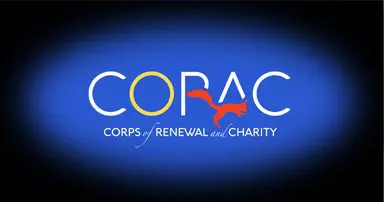




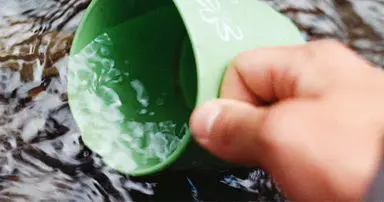


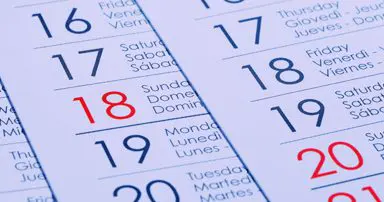














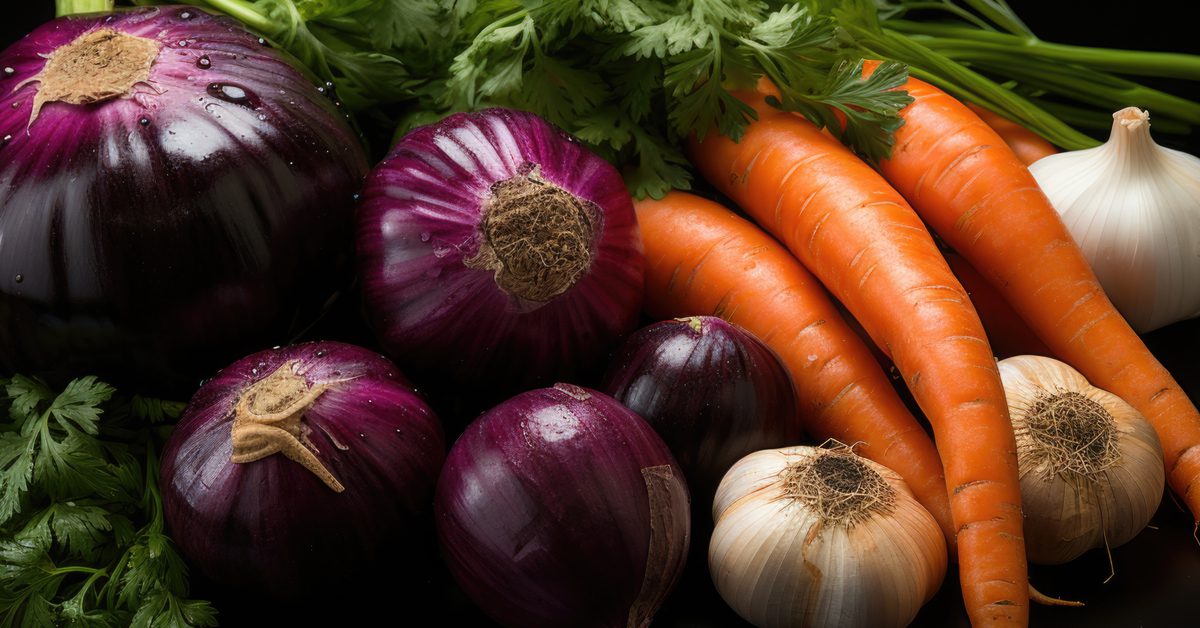
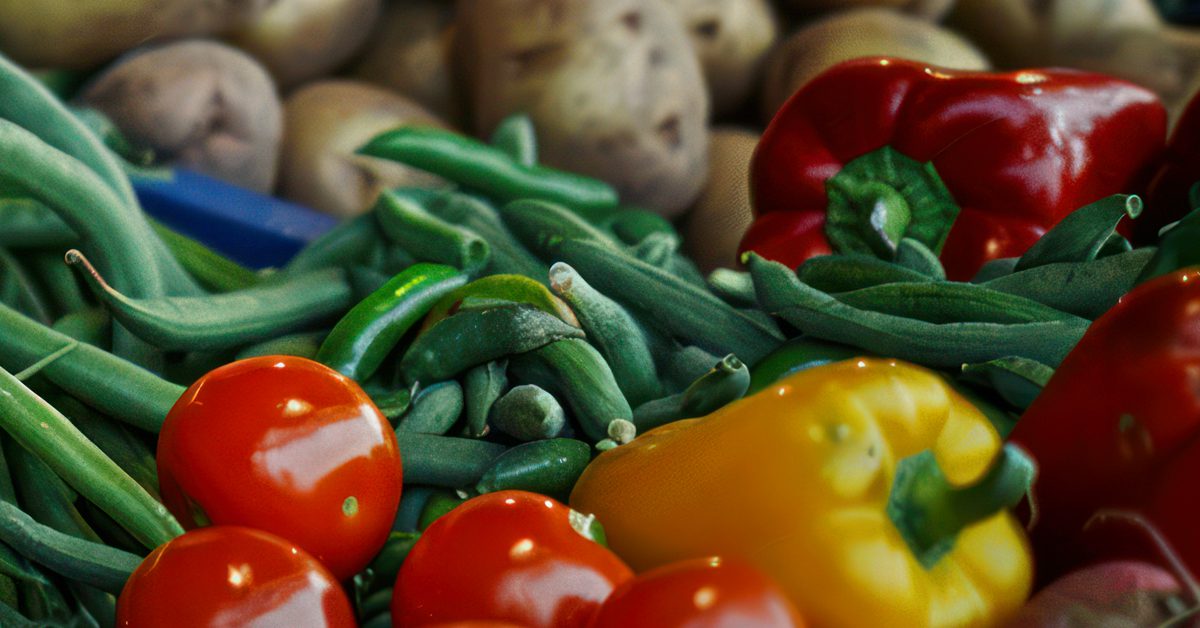
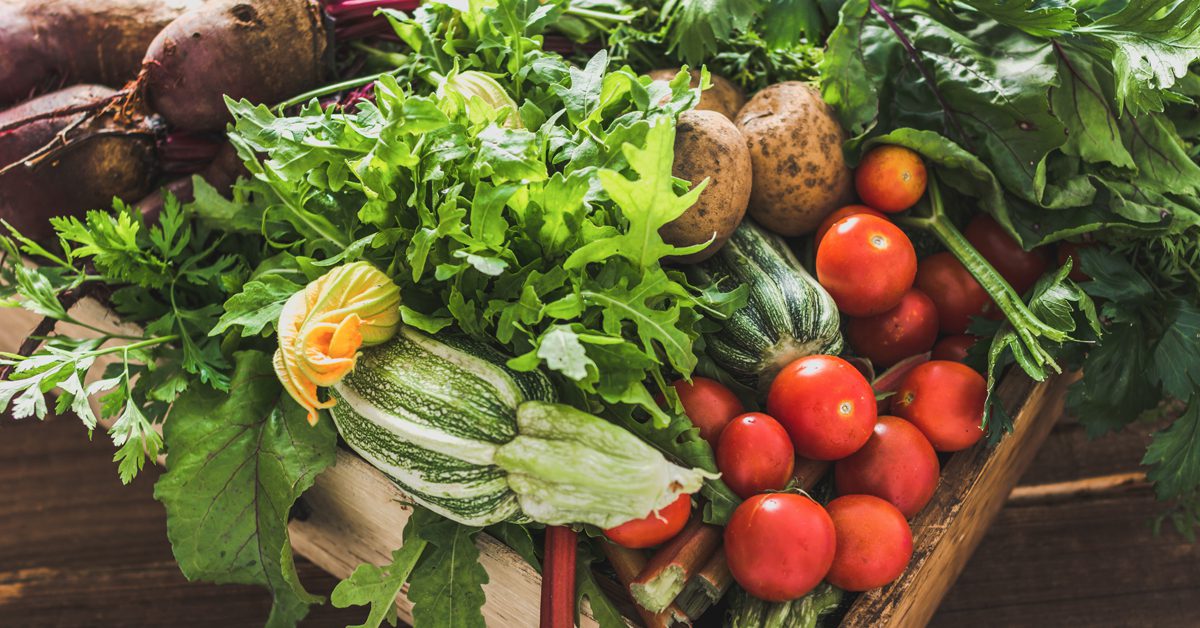
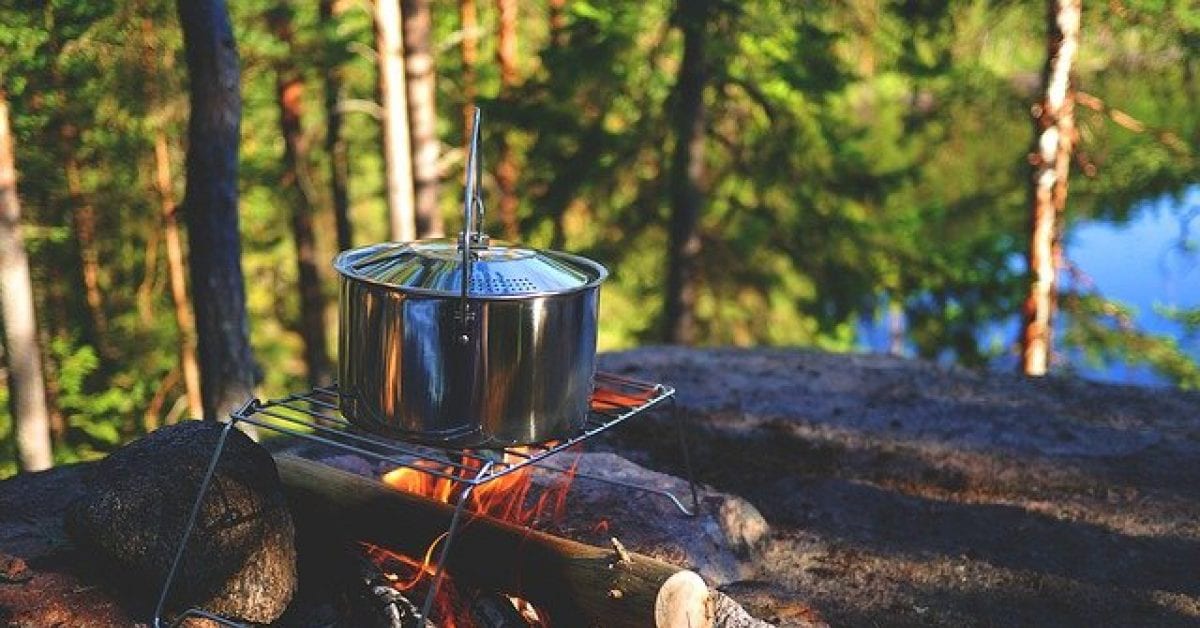
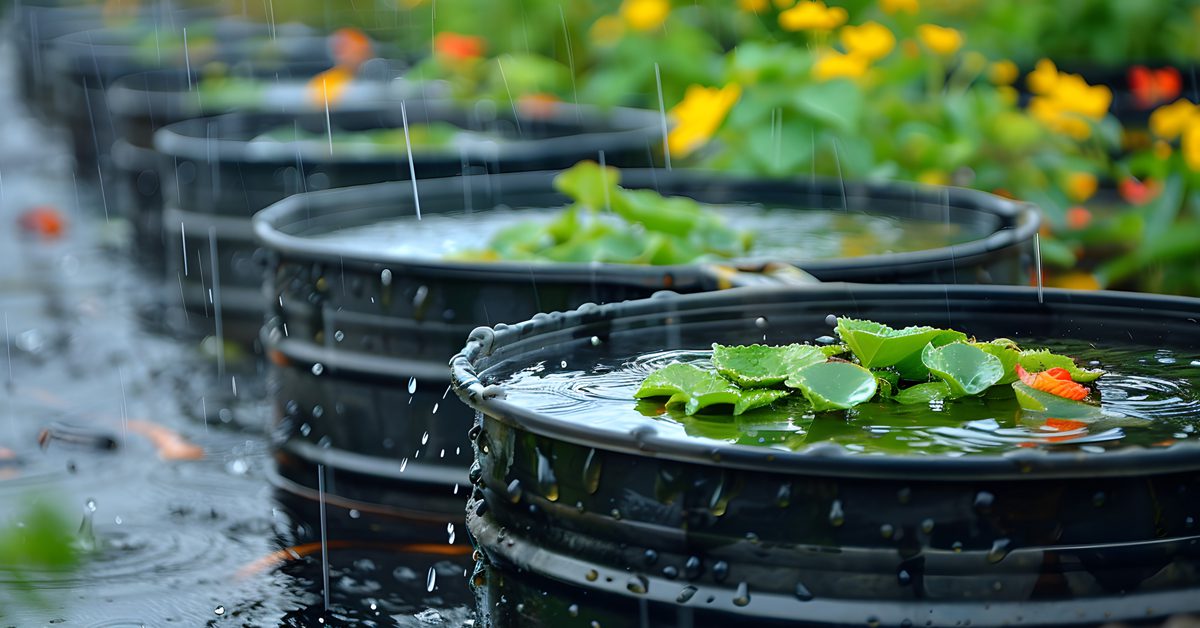
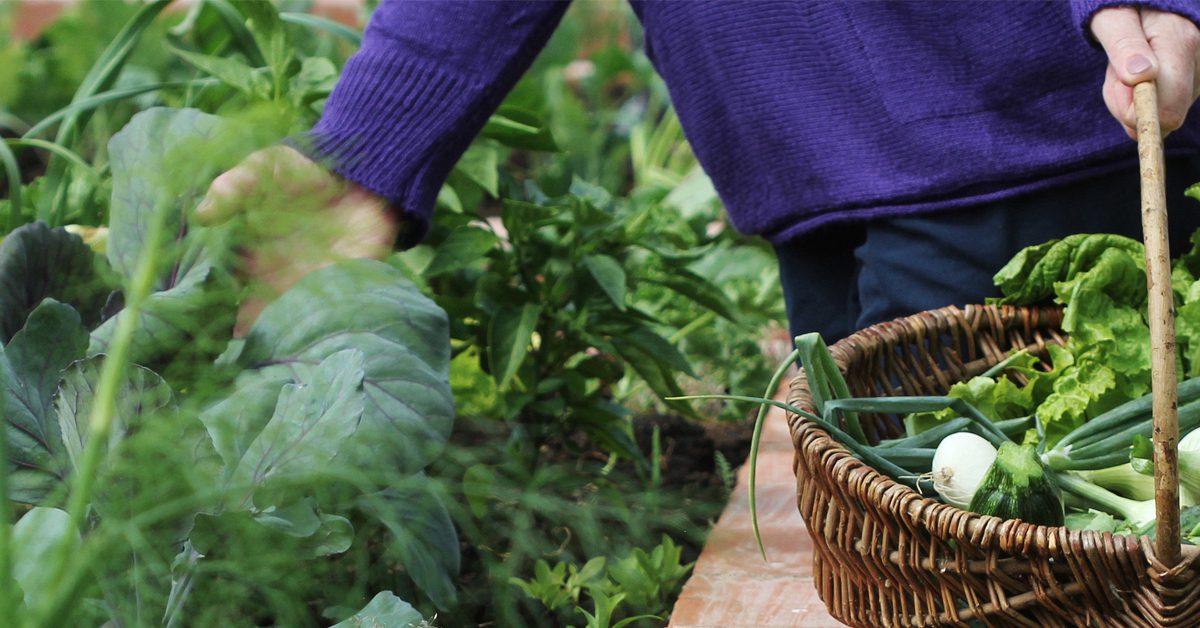



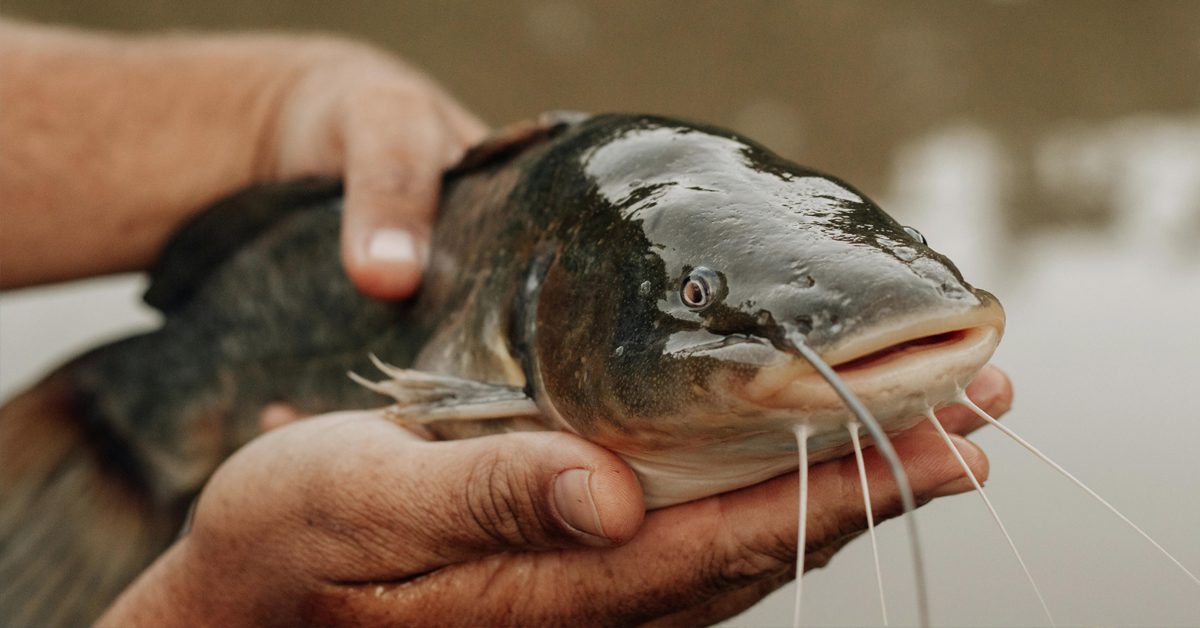
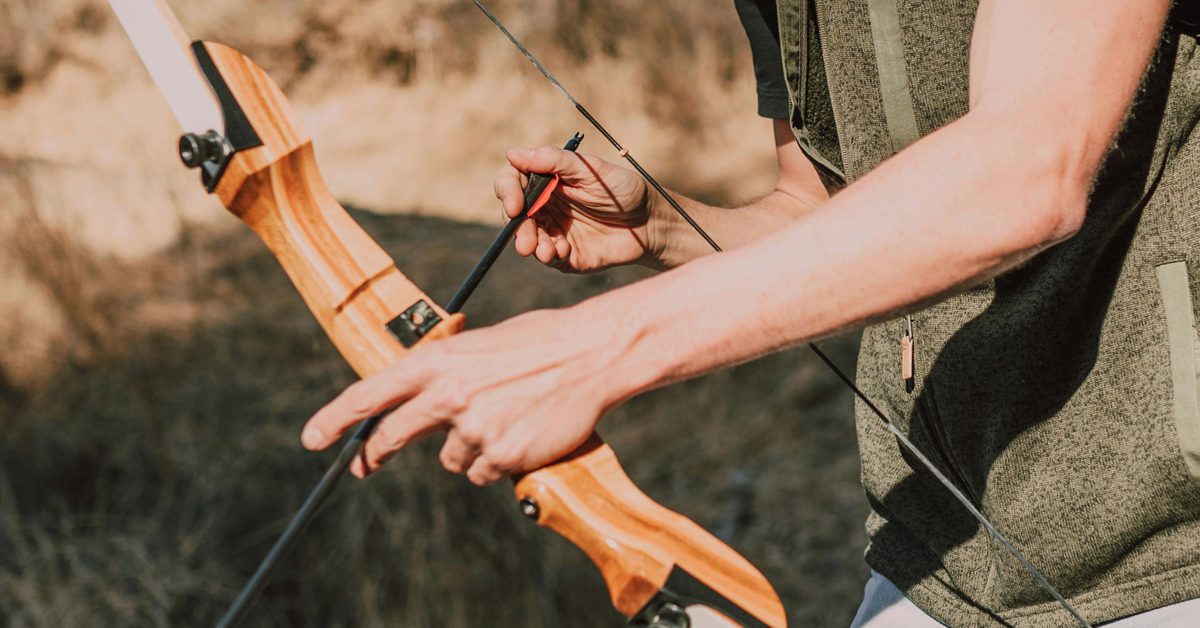


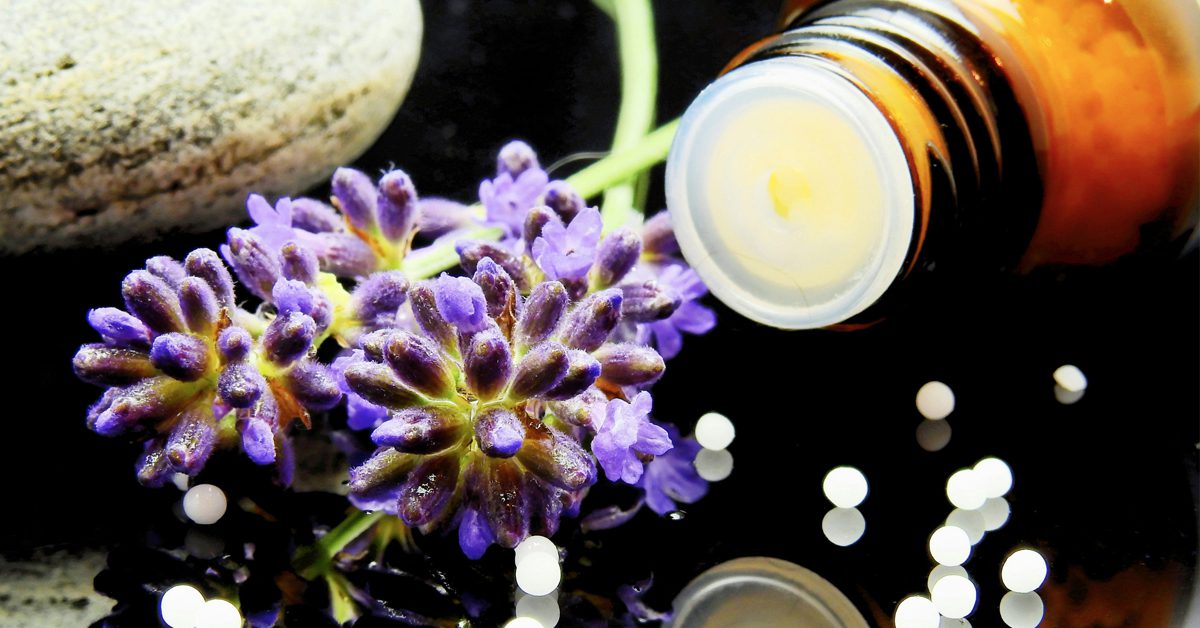
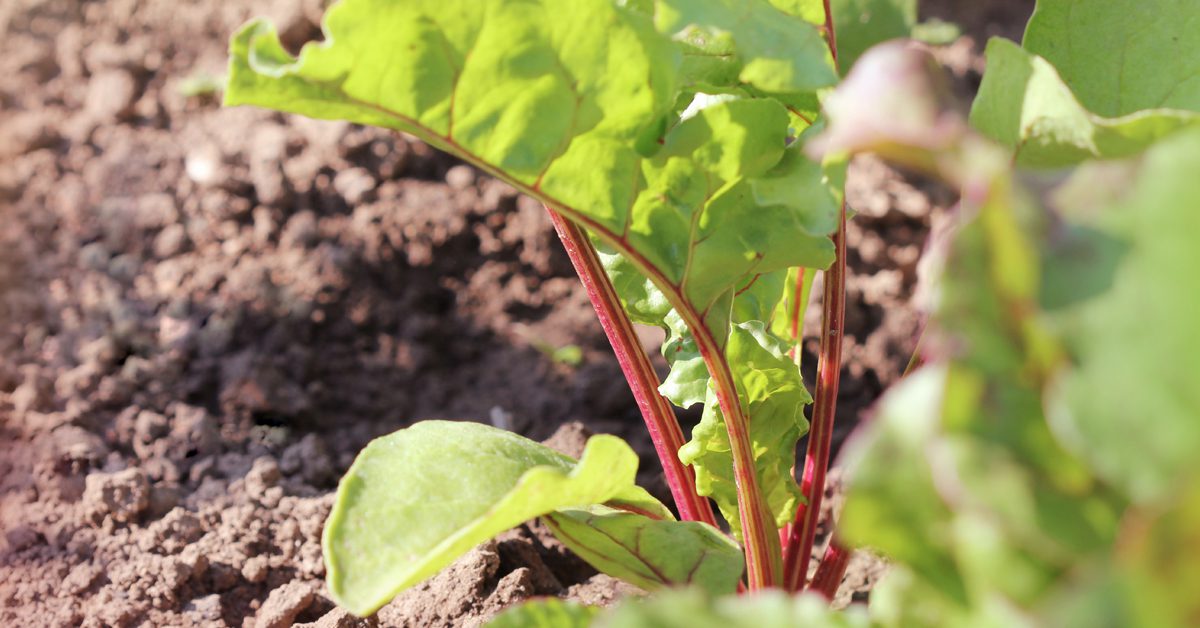
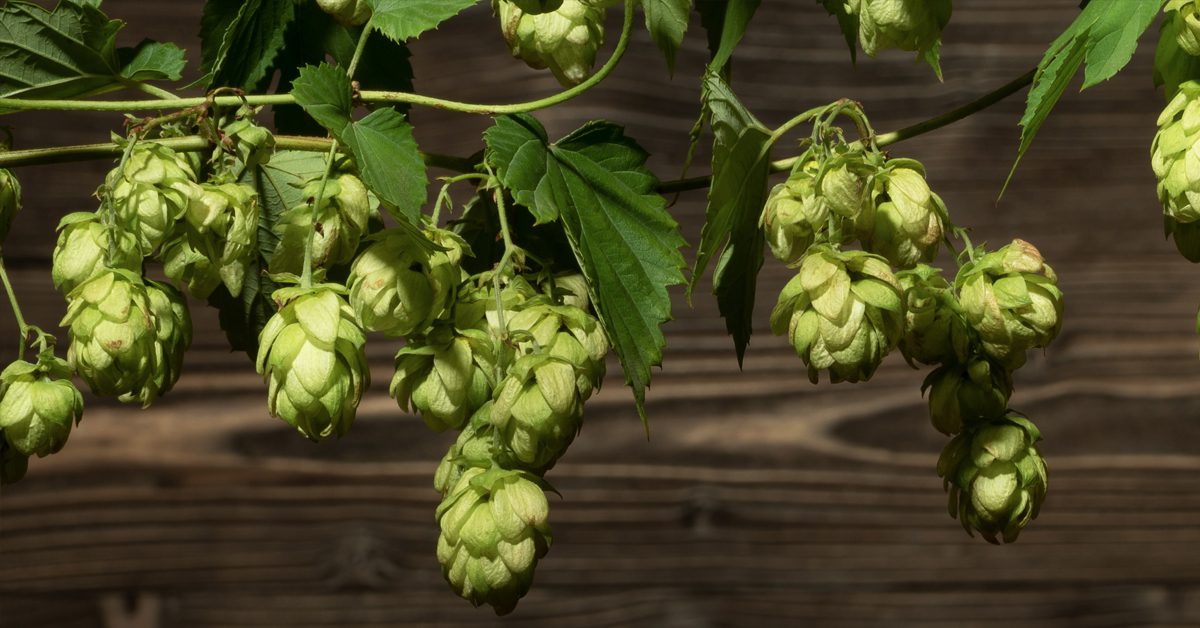
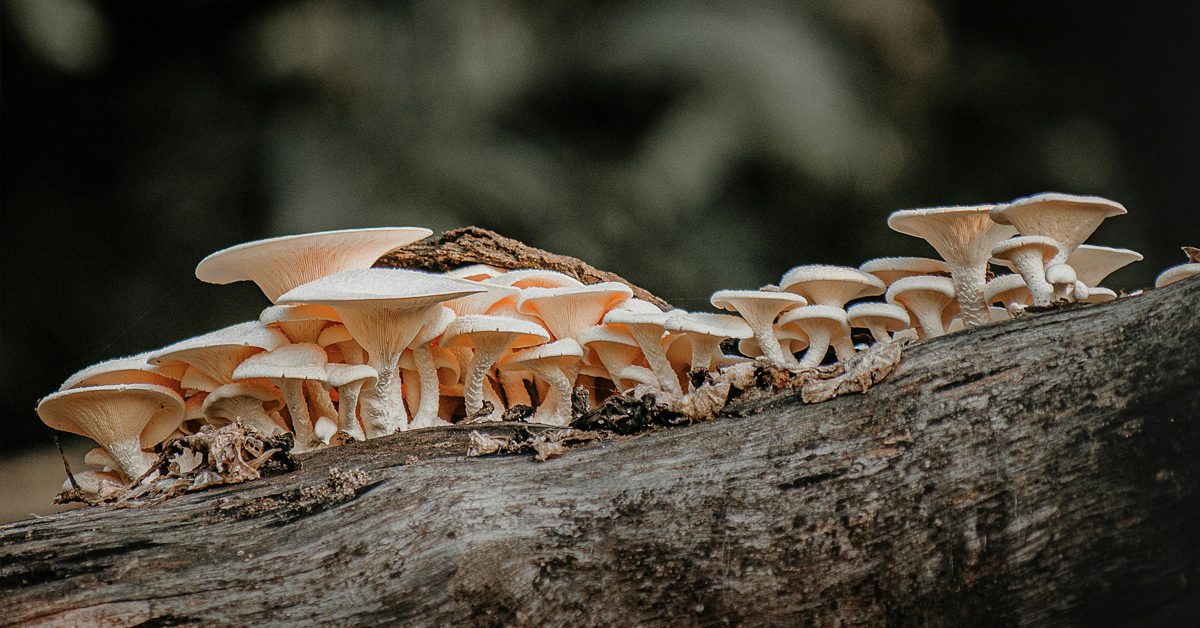



0 Comments